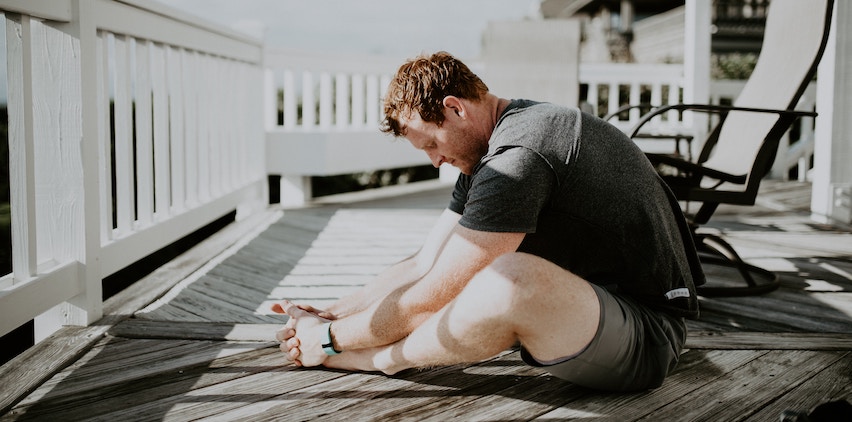The Best Way to Treat Muscle Soreness After a Strenuous Workout
January 25, 2020 | Categories: Fitness
So you ran a marathon. Or maybe an ultra. Or you discovered CrossFit wasn’t as easy as your roommate said. Whatever the cause of your soreness, we’ve all been there. But that’s no excuse to pull the covers back over your head until next week. Time to rise and shine, sweetheart! No matter where it hurts—or how bad—we’ve got the toolkit you need to get your butt in gear and back in the gym. These tricks of the trade will put you on the road to post-workout recovery in a hurry.
How to Treat Muscle Soreness
DOMS (Delayed Onset Muscle Soreness)
What it is: This general exercise-related pain pops up when you add a few extra lunges to your routine, or throw in some split-squats to up the ante. Two days later, walking down stairs feels like a Herculean effort. That’s DOMS, soreness that comes from increasing your workout intensity or trying a new activity, according to the American Council on Exercise.
How to treat it: Massage, stretching, cryotherapy and nonsteroidal anti-inflammatory drugs (NSAIDS) can all help. A study in the
Journal of Athletic Training found that using a foam roller immediately after a strength workout can ease muscle soreness up to 48 hours later. Other research indicates that applying the natural anti-inflammatory gel arnica to sore muscles post-workout may ease the pain.
Runner’s Knee
What it is: This localized pain in the knee joint often appears during or after training thanks to the constant jarring action of your foot striking a hard surface. It may be caused by too much mileage too soon (a common mistake in new runners), weak quadriceps muscles, improper form or needing a new pair of shoes for shock absorption.
How to treat it: Step one, scale back. Give your knees a chance to recover before piling on more pounding. If you’re running every day, try every other day for two weeks. If you’re doing 6 miles, pull back to 4. Step two: Place ice packs on your knees for 10 to 15 minutes after each run to reduce swelling. Also, incorporate stretches into your post-run routine to keep hamstrings and quads limber and be sure to wear supportive shoes, suggests John Hopkins Medicine. Take this advice now so that when you’re training for that marathon in a few months, you won’t be held back because your knees can’t keep up.
Hip Pain
What it is: Life in front of a computer (or any desk job) leads to tight hip flexors—and that leads to a shortened stride when running and can compromise your form at the gym. Over time, those small changes in your body’s position will lead to hip pain.
How to treat it: In the long run, regular stretching is needed to prevent overly tight hip flexors. Immediate relief can be found by icing the area after a workout. If tightness persists more than a day later, switch to a heating pad, says the
MayoClinic.org. Over-the-counter pain relievers may also help.
Swollen Ankles
What it is: Lack of ankle strength to properly support a heavy load can cause ankle swelling in weightlifters; more acute injuries like sprains can happen to runners training on an uneven surface. (Related:
3 Foot Pains You Should Never Ignore)
How to treat it: If the pain is sharp and sudden and you can’t move your ankle or bear weight on it, see a doctor right away—it might be a fracture. A sprain (swollen and painful but still able to move) can be treated with RICE. Sometimes, ankle instability can be caused by tightness in other muscles; stretching your calves and hamstrings on a yoga mat may help, according to the American Council on Exercise.
Read the full article on Reebok.


Leave a Reply